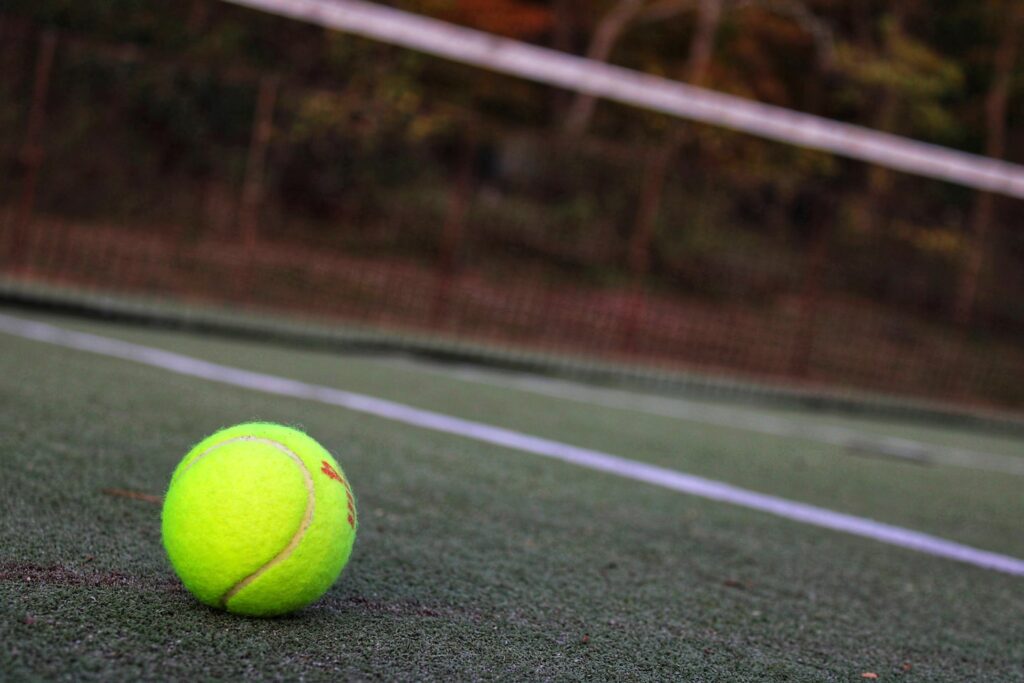The Science Behind Padel Balls: How Temperature Affects Them
2 min read
The Science Behind Padel Balls: How Temperature Affects Them
If you are a padel player, you will know that the performance of a padel ball is critical to the game. Despite being small and seemingly insignificant, these balls play a vital part in determining the winner of a match. However, have you ever wondered how temperature affects padel balls? In this article, we will take a deeper look at the science behind the relationship between temperature and a padel ball’s performance.
Why is Temperature an Important Factor?
Before we dive deeper into how temperature affects padel balls, it’s important to understand why temperature is an important factor. Padel balls are made with rubber bounces, and the molecules within the rubber react to changes in temperature. When temperature increases, the molecules expand, making the rubber softer. Similarly, when temperature decreases, the molecules contract, making the rubber harder. This change in the rubber’s properties is what causes the padel ball to react differently.
How Temperature Affects the Bounce
Now, let’s talk about how temperature affects the bounce of the padel ball. When you play padel, you’ll notice that the ball bounces differently in different weather conditions. On a hot summer day, the ball will bounce higher, while on a colder day, it will bounce lower. This is because, as we mentioned earlier, heat makes the rubber softer, causing it to absorb more energy on impact. This energy is then released back into the ball, causing it to bounce higher.
Conversely, when the temperature drops, the rubber contracts, making it harder. As a result, the ball absorbs less energy, leading to a lower bounce. This is why it’s essential to choose the right ball for a game, depending on the temperature.
How Temperature Affects Spin
Temperature also affects the spin of the ball. On a hot day, when the rubber in the ball is softer, it has a better grip on the court, producing better topspin. It also makes it easier to generate sidespin and slice. On the other hand, on a cold day, the rubber in the ball becomes harder, making it more challenging to generate spin.
Conclusion
In conclusion, temperature is a crucial factor that affects the performance of a padel ball. The next time you’re headed to the courts, make sure to take into account the temperature before choosing your ball. Remember, on a hot day, you’ll want a ball that bounces higher and produces better spin. On a colder day, a ball that bounces lower and is easier to handle may be more suitable. Knowing how temperature affects padel balls is just one more way to improve your chances of winning on the court.






